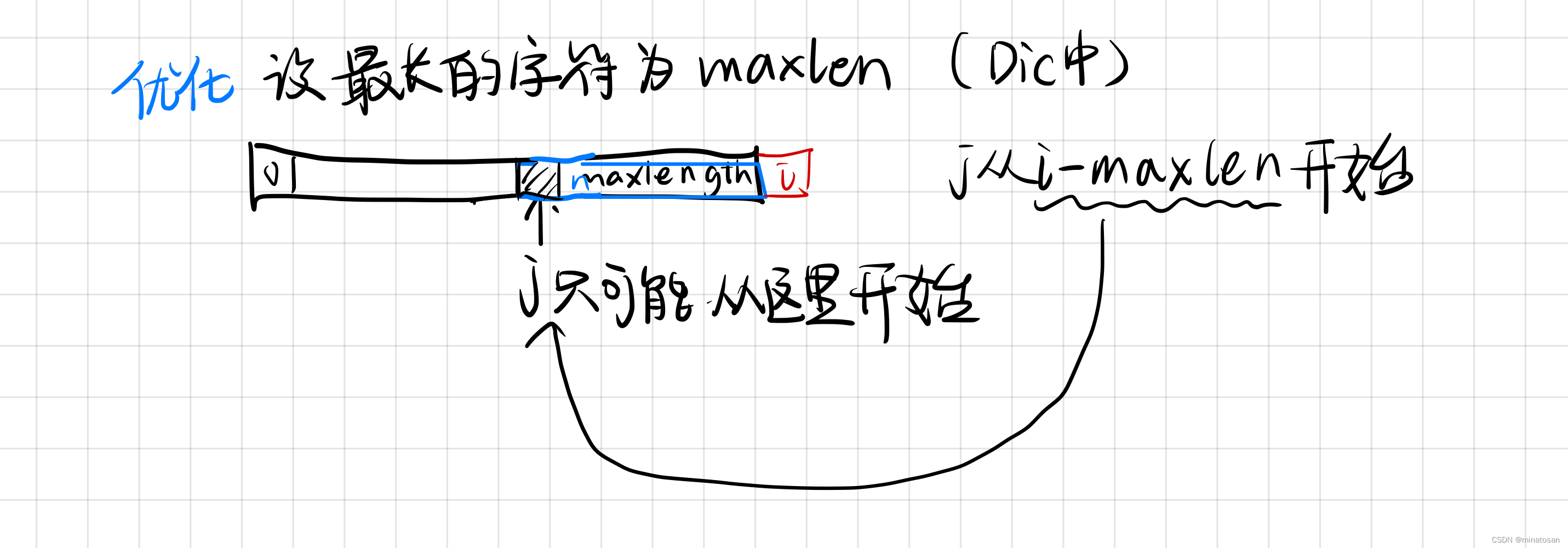139. 单词拆分
给你一个字符串 s 和一个字符串列表 wordDict 作为字典。请你判断是否可以利用字典中出现的单词拼接出 s 。
注意:不要求字典中出现的单词全部都使用,并且字典中的单词可以重复使用。
示例 1:
输入: s = “leetcode”, wordDict = [“leet”, “code”]
输出: true
解释: 返回 true 因为 “leetcode” 可以由 “leet” 和 “code” 拼接成。
示例 2:
输入: s = “applepenapple”, wordDict = [“apple”, “pen”]
输出: true
解释: 返回 true 因为 “applepenapple” 可以由 “apple” “pen” “apple” 拼接成。
注意,你可以重复使用字典中的单词。
示例 3:
输入: s = “catsandog”, wordDict = [“cats”, “dog”, “sand”, “and”, “cat”]
输出: false
提示:
1 <= s.length <= 300
1 <= wordDict.length <= 1000
1 <= wordDict[i].length <= 20
s 和 wordDict[i] 仅有小写英文字母组成
wordDict 中的所有字符串 互不相同

class Solution {
public boolean wordBreak(String s, List<String> wordDict) {
Set<String> hs = new HashSet<String>(wordDict);
boolean f[] = new boolean[s.length()+1];//s的index: 0-len-1
f[0]=true;
for(int i = 1;i<s.length()+1;i++){
for(int j = 0;j<i;j++){
if(f[j]&&hs.contains(s.substring(j,i))){
f[i]=true;
break;
}
}
}
return f[s.length()];
}
}
可以考虑优化:j的开始可以从i-maxlen开始

剪枝:字典树或用栈每次弹出首字母























 307
307

 被折叠的 条评论
为什么被折叠?
被折叠的 条评论
为什么被折叠?








